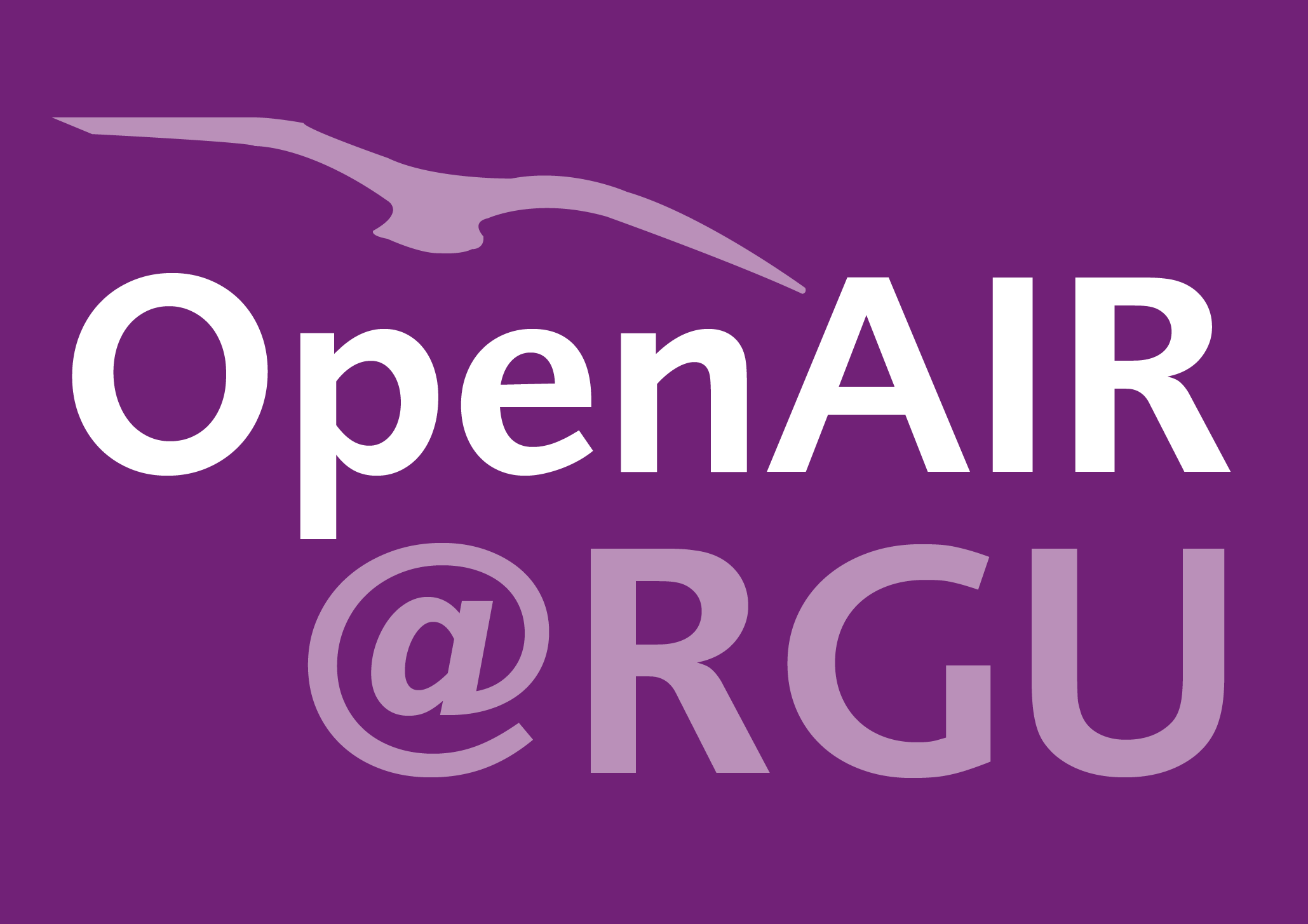Anjana Wijekoon
How close is too close? Role of feature attributions in discovering counterfactual explanations.
Wijekoon, Anjana; Wiratunga, Nirmalie; Nkisi-Orji, Ikechukwu; Palihawadana, Chamath; Corsar, David; Martin, Kyle
Authors
Professor Nirmalie Wiratunga n.wiratunga@rgu.ac.uk
Associate Dean for Research
Dr Ikechukwu Nkisi-Orji i.nkisi-orji@rgu.ac.uk
Chancellor's Fellow
Mr Chamath Palihawadana c.palihawadana@rgu.ac.uk
Research Assistant
Dr David Corsar d.corsar1@rgu.ac.uk
Senior Lecturer
Dr Kyle Martin k.martin3@rgu.ac.uk
Senior Lecturer
Contributors
Mark T. Keane
Editor
Professor Nirmalie Wiratunga n.wiratunga@rgu.ac.uk
Editor
Abstract
Counterfactual explanations describe how an outcome can be changed to a more desirable one. In XAI, counterfactuals are "actionable" explanations that help users to understand how model decisions can be changed by adapting features of an input. A case-based approach to counterfactual discovery harnesses Nearest-unlike Neighbours as the basis to identify the minimal adaptations needed for outcome change. This paper presents the DisCERN algorithm which uses the query, its NUN and substitution-based adaptation operations to create a counterfactual explanation case. DisCERN uses feature attribution as adaptation knowledge to order substitutions operations and to bring about the desired outcome with as fewer changes as possible. We find our novel approach for Integrated Gradients using the NUN as the baseline against which the feature attributions are calculated outperforms other techniques like LIME and SHAP. DisCERN also uses feature attributions to bring the NUN closer by which the total change needed is further minimised, but the number of feature changes can increase. Overall, DisCERN outperforms other counterfactual algorithms such as DiCE and NICE in generating valid counterfactuals with fewer adaptations.
Citation
WIJEKOON, A., WIRATUNGA, N., NKISI-ORJI, I., PALIHAWADANA, C., CORSAR, D. and MARTIN, K. 2022. How close is too close? Role of feature attributions in discovering counterfactual explanations. In Keane, M.T. and Wiratunga, N. (eds.) Case-based reasoning research and development: proceedings of the 30th International conference on case-based reasoning (ICCBR 2022), 12-15 September 2022, Nancy, France. Lecture notes in computer science, 13405. Cham: Springer [online], pages 33-47. Available from: https://doi.org/10.1007/978-3-031-14923-8_3
| Presentation Conference Type | Conference Paper (published) |
|---|---|
| Conference Name | 30th International conference on case-based reasoning (ICCBR 2022) |
| Start Date | Sep 12, 2022 |
| End Date | Sep 15, 2022 |
| Acceptance Date | May 30, 2022 |
| Online Publication Date | Aug 14, 2022 |
| Publication Date | Aug 31, 2022 |
| Deposit Date | Jul 6, 2022 |
| Publicly Available Date | Aug 15, 2023 |
| Publisher | Springer |
| Peer Reviewed | Peer Reviewed |
| Pages | 33-47 |
| Series Title | Lecture notes in computer science |
| Series Number | 13405 |
| Series ISSN | 0302-9743 ; 1611-3349 |
| Book Title | Case-based reasoning research and development: proceedings of the 30th International conference on case-based reasoning (ICCBR 2022), 12-15 September 2022, Nancy, France |
| ISBN | 9783031149221 |
| DOI | https://doi.org/10.1007/978-3-031-14923-8_3 |
| Keywords | Counterfactuals (Computing); Explainable artificial intelligence (XAI); Nearest-unlike neighbours (NUN); Machine learning; Artificial intelligence; Counterfactual XAI; Feature attribution; Integrated gradients; Adaptation |
| Public URL | https://rgu-repository.worktribe.com/output/1706142 |
Files
WIJEKOON 2022 How close is too close (AAM)
(2.2 Mb)
PDF
Copyright Statement
© 2022 The Author(s), under exclusive license to Springer Nature Switzerland AG.
You might also like
FedSim: similarity guided model aggregation for federated learning.
(2021)
Journal Article
A knowledge-light approach to personalised and open-ended human activity recognition.
(2020)
Journal Article
Heterogeneous multi-modal sensor fusion with hybrid attention for exercise recognition.
(2020)
Presentation / Conference Contribution
Zero-shot learning with matching networks for open-ended human activity recognition.
(2018)
Presentation / Conference Contribution
